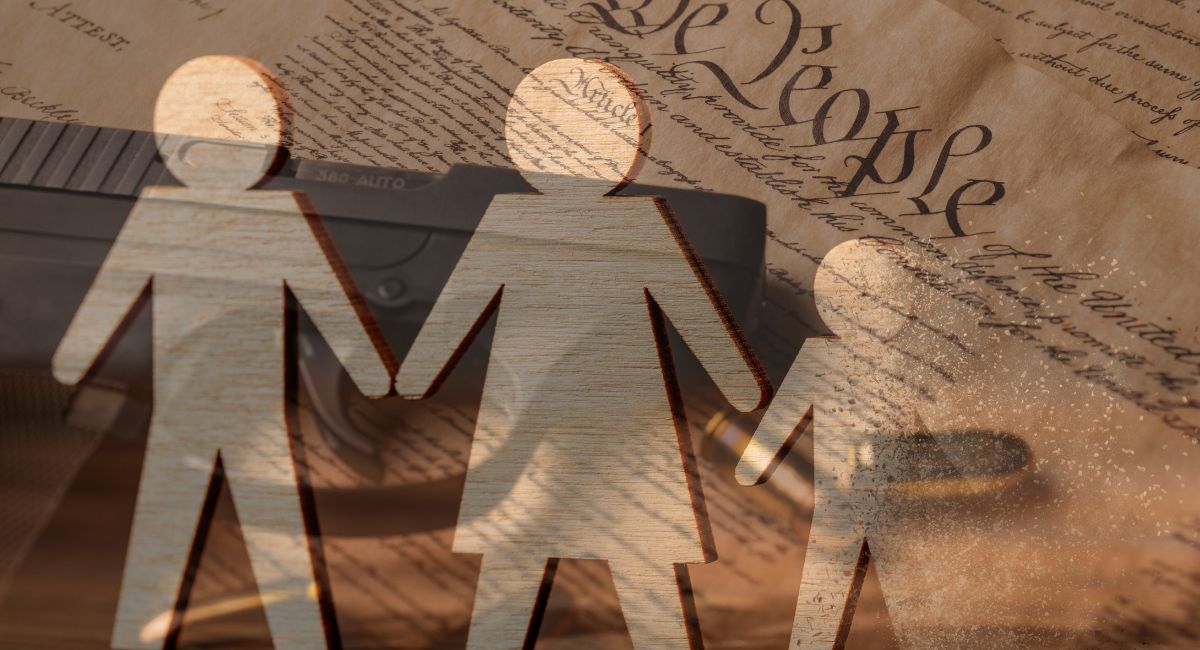Guns are the biggest killers of American children and are tied to an unprecedented rise in suicides and homicides among this generation, according to new data that paints a damming portrait of childhood mortality in the US.
Drugs are now the third leading cause of death, according to the most recent figures.
“Put in plain terms, it basically means the probability of young people reaching age 20 is now decreasing,” said Steven H. Woolf, a professor of Family Medicine and Population Health at Virginia Commonwealth University School of Medicine. “We’re now losing our most cherished population.”
Woolf is the author of a new study published in the Journal of the American Medical Association (JAMA) showing that in addition to guns, deaths among adolescents from drug poisoning rose 94% in 2020. In 2021, 77% of all teen overdose deaths involved fentanyl.
Speaking during Ethnic Media Services’ weekly news briefing last week, Woolf stressed that death rates among infants, children, and teenagers in most industrialized countries have been falling for many years. But in the US, pediatric success in treating childhood leukemia and curing birth defects has been offset by deaths from guns and drugs.
Rise in gun deaths
“This data was so striking to us and is obviously a trend,” said Kim Parker, director of Social and Demographic trends at Pew Research Center. Pew conducted a national survey last fall looking at some of the most pressing concerns currently impacting parents and kids.
Mental health topped the list. Pew asked a very large sample of parents, broken down by racial and ethnic groups, how worried they were about their children getting shot.
“Place and setting really matter,” Parker said.
It turns out parents living in urban areas were significantly more likely to express a high level of concern about their children or child being shot than parents in rural or suburban areas.
Government figures show an overall increase in gun deaths of 23%, but the rate is twice that for young Americans. In 2021, for this age group, 60% of gun deaths in the US were homicides, whereas 32% were suicides, says Parker.
Homicide is the leading type of gun death among children, regardless of the age of the child. Most gun deaths involving Black children in 2021 were homicides, whereas most gun deaths involving Asian and white children were suicides.
Mass killings continue to make headlines about once a week in the US, including the recent shooting at a private elementary school in Nashville, Tennessee, where state lawmakers expelled two Black legislators after they joined in protests calling for tighter gun control. The two lawmakers were later reinstated. But the incident highlighted the struggle gun-control advocates face in changing America’s lax gun laws.
Still, Woolf says school shootings do not account for the largest proportion of deaths among young people, which are “occurring day by day.”
Fear, racism fuel gun sales
The US approach to guns and the Second Amendment is related to our history of white supremacy and racism, says Kelly Sampson, Senior Counsel and Director of Racial Justice for the nonprofit Brady United Against Gun Violence.
“There is an interplay between the sheer number of people who feel the need to arm themselves, and the way that we characterize threats and safety, that is sort of underlying all of the gun culture in society,” she noted, adding self-defense is racially coded in American culture.
The National Shooting Sports Federation reported gun sales have been going up for years and that in 2020, 40% of retail gun sales came from first-time buyers. The FBI says 39 million background checks were conducted in 2020, up from roughly 28 million in 2019.
The unprecedented rise in gun deaths among young Americans coincided with the banner year in gun sales in 2020.
“At least 20 years’ worth of research now show that having a gun in the home increases the risk of a gun-related death,” Woolf says.
Sampson stressed that ready access to firearms is what sets the US apart. “What is different about the US is its lack of regulation and the ease with which someone who is going through a mental health crisis, or who might be racist, or who is just angry, can get access to a firearm and kill people.”
According to the Bureau of Alcohol, Tobacco, Firearms, and Explosives (ATF), only a small fraction of gun dealers sell about 90% of the guns that are traced to crime.
Cracking down on the problematic dealers will go a long way to keeping guns from being used in crime, Sampson says.
A moral obligation
The United Against Gun Violence website has a map that shows ATF dealer inspections in every state. The Brady organization is working with state and federal authorities to target those specific gun dealers and manufacturers for inspection.
“Too many of our children are dying sooner than they need to,” says Mayra Alvarez, President of The Children’s Partnership, which works to advance child health and equity in California.
“Our children are dependent on the adults in their lives to take care of them and our elected officials, all of us, have a moral duty to take care of our kids,” she said.
Alvarez says passing common sense gun reform will reduce gun deaths among the young. She says it’s just as important to make it easier to enroll in public benefit programs so families can access the health, the food, the housing and other supports that they need.
“Those are all issues that are interconnected and related to the struggle of poverty, and what poverty is doing to contribute to these numbers today,” she said.













